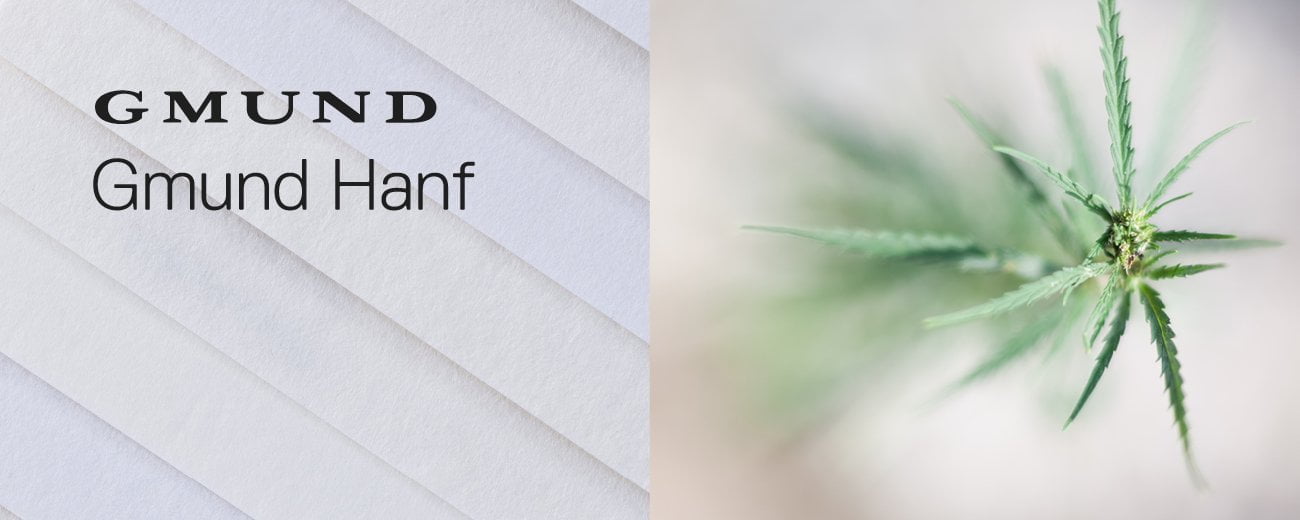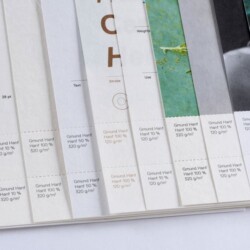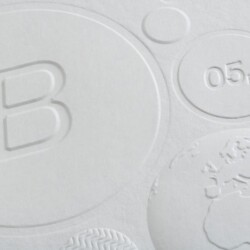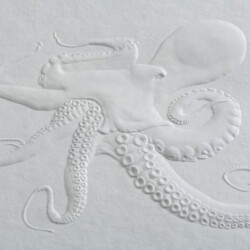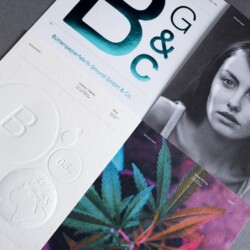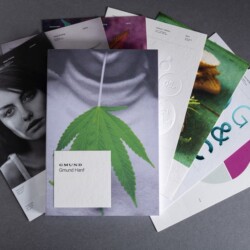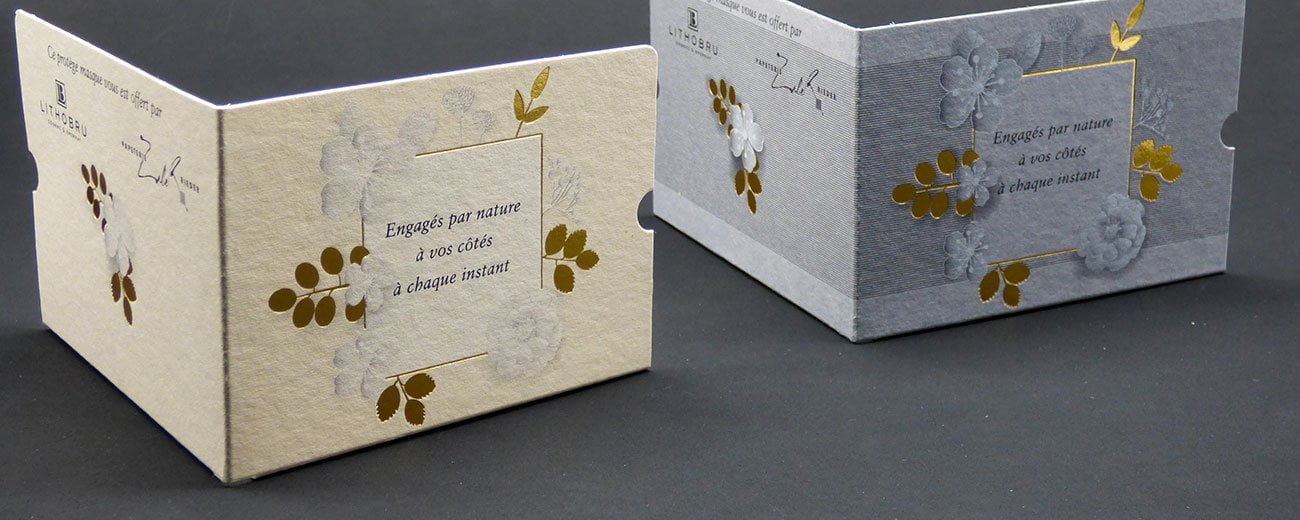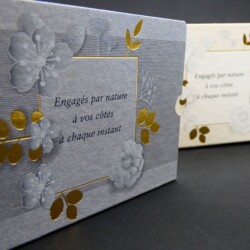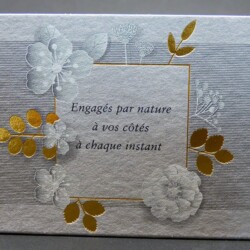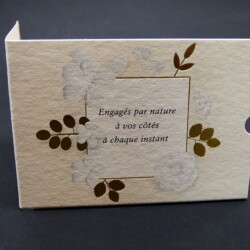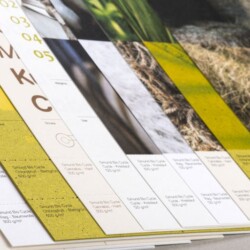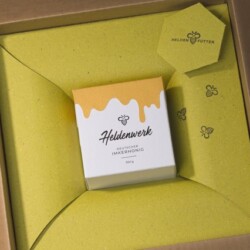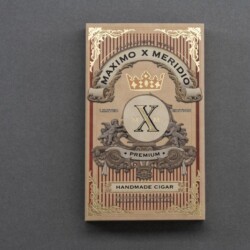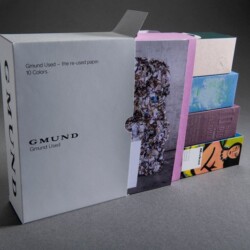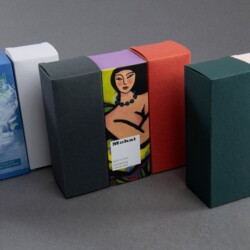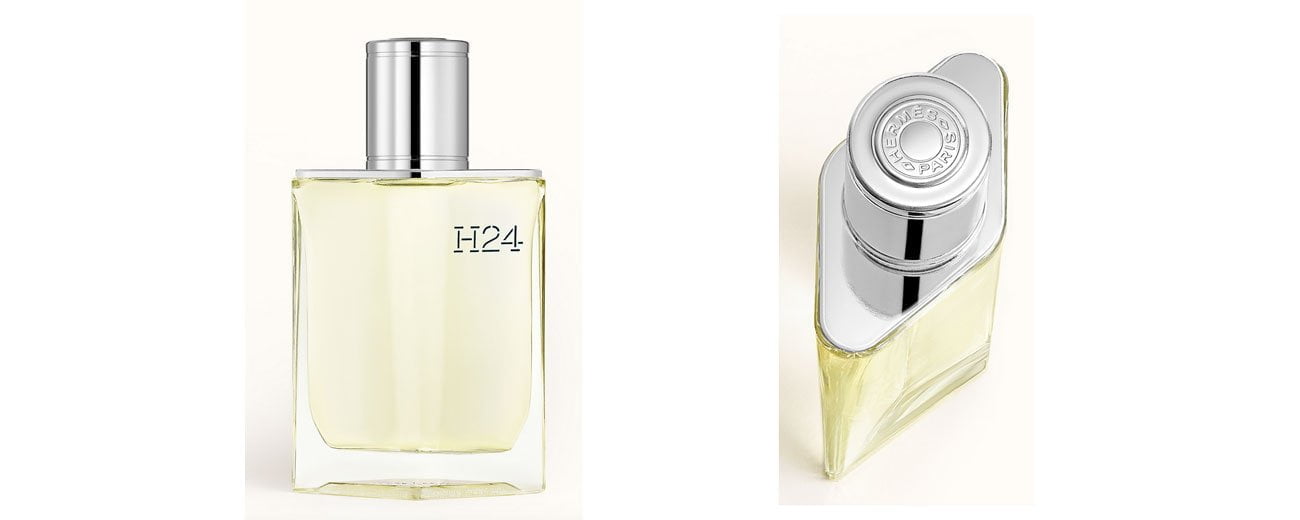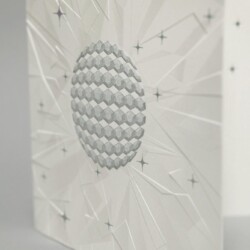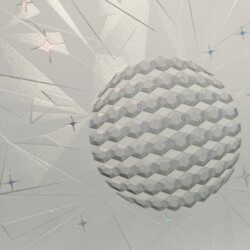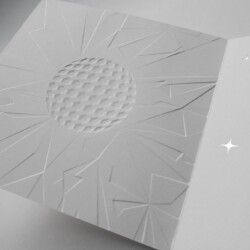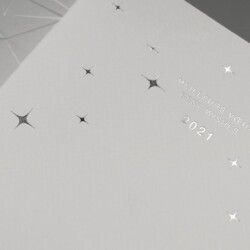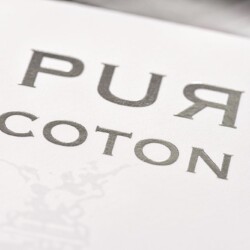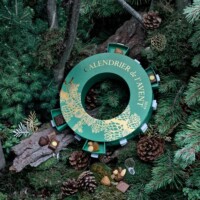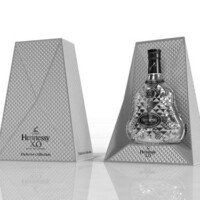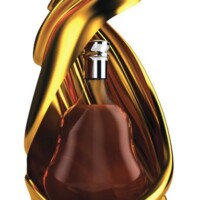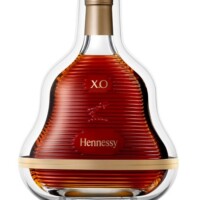The 360° artistic perspective of one of Hennessy’s golden eagles
Khoa Dodinh, Hennessy’s Artistic Director, is responsible for the renowned brand’s Image, Design and Architecture on a worldwide scale. His creative helmsmanship has breathed life into a world subtly infused with luxury, tradition and state-of-the-artness.
Re-adorning cognac with its olfactory generosity, epitomizing its amber-orange glints through shapes and materials, visually expressing the promise of its gustatory pleasure is an art in which Khoa Dodinh excels. His insightful artistic collaborations and his team-based visionary projects have placed Hennessy on a par with leading brands and whose launches are eagerly awaited. Encounter.
HEC prep classes, Business School… so, where does your artistic gift come from?
Art’s always been part of my life. It’s been my guiding principle. I was born into an artistic environment. It was perfectly natural and clear to me to create and to express myself through drawing and painting. After graduating from a top business school, I began my career in L’Oréal Luxe which actually created a tailormade position for me where I was able to apply my creative skills as well as my business knowledge. When I was 24, I was in charge of artistic creation for the Trophée Lancôme where I partnered directly with artists whom I chose such as Nick Knight, Inez van Lamsweerde and Vinoodh Matadin, Peter Lindberg. This one-of-a-kind experience decisively influenced my professional path and the choices I made thereafter. At L’Oréal, I learned the bases of my craft as an Artistic Director which I subsequently developed and finetuned through my professional experiences and encounters.
What are your missions as Hennessy’s Artistic Director?
As I’m in charge of Hennessy’s image and I’m the “keeper of the flame”, my role is to define its creative vision and to ensure that its various means of expression on a worldwide scale are absolutely visually coherent. More specifically, I’m responsible for the three cornerstones of Artistic Direction, i.e. Image, Design and Architecture. A 360° perspective to Artistic Direction with a significant focus on the brand’s business strategy. I also work hand-in-hand with artists around the globe, Americans, Chinese, etc. whom I seek out and select for each particular project.
Where does your inspiration come from? (your areas of interest: culture, nature, cinema, photo, sport, travel, etc.?)
When I address a creative brief, I incorporate different variables. These variables may be cultural, social, artistic and/or semiological. I organize them and illustrate them through images which spring to mind naturally. I normally formalize an idea through an image. This image is a creation of the mind but is forged through visual references related to my personal experience. I visualize the shape, the colour, the design. To use a mathematical analogy, it’s as if I’ve visualized the result of a problem posed prior to solving it. Then I exchange with my colleagues and we finetune the idea and materialize it. I cultivate and nourish this process of conceptualization in different ways, such as for example through artistic encounters, through my creative interests for contemporary painting and photography, through my travels and various readings.
You’ve won numerous prizes and awards. What’s the latest to date and for which product?
It’s mainly my colleagues who submit entries for these prizes and actually we do often win them. If I had to choose one or even several, without a doubt it would be the moment we achieved a Grand Slam in 2015 with all the biggest world competitions (Pentawards, Popai, Formes de Luxe, etc.) for our design for Hennessy’s 250th anniversary. This was a first-ever for a Luxury brand.
Do you partner with renowned creators or designers? If yes, which ones?
When I joined LVMH Group and Hennessy 10 years ago, I began initiating partnerships with artists, which was something totally unheard of before in the world of wine and spirits. Since then, the list of partnerships has constantly grown to over a hundred now. But, if I had to keep but three in the realm of design, it would be Tom Dixon, Marc Newson and Ferruccio Laviani. Tom for his creative genius and his understanding of industrial challenges, Marc for his one-of-a-kind approach to ergonomics and shape, and Ferruccio for his elegant, sensual design.
You’re in charge of brand image but do your missions go as far as packaging manufacturing?
Whenever I work on a packaging concept and design, I’m obliged to take the feasibility of its development and production into consideration. Otherwise, we’re only focusing on the artistic gesture and, as such, that’s totally illogical. So, to answer your question, packaging manufacturing is then entrusted to engineers; my role is to ensure that the design and aesthetic quality are observed and meet our requirements during the various phases of production.
In this case, are you involved in selecting suppliers?
I’m generally presented with the prototypes and suppliers’ first-of-series and, based on the result, we then choose one. These suppliers are part of a roster of service providers selected according to criteria defined by LVMH Group.
Do you make a practice of visiting workshops and shows to comprehend creation processes and opportunities?
As a matter of fact I visit a lot of artist, designer and architect studios. I believe it’s essential to meet creatives in their own workspace to fully appreciate their artistic world and their creation process. A relationship based on mutual respect is forged between us. I travel a lot for my work, mainly to Asia and the USA. During these professional trips, I set aside time to visit shows, galleries, and to meet local talents. All these visits and encounters are extremely enriching culturally, humanely and creatively. They’re sources of inspiration for me, help me grow and actually enable me to extend the sphere of possibilities from a creative and technical point of view.
Does packaging inspire the promotional campaign or is it designed based on the artistic direction you wish to impart? Could you perhaps give us an example?
Packing forms part of a whole. Yet, it’s not necessarily the determinant. It all depends on the projects and there can be exceptions. More often than not, it’s the idea, the creative concept that will set the mood, and all the building blocks of the promotional platform such as packaging, the product, the visual campaign will express it and embody it. The example of the global programme for the Chinese New Year which we launched 4 years ago describes this process clearly. We define a concept for this programme every year with the Chinese artist selected. The artist creates their work of art which is then expressed through packaging and the advertising campaign; such was the case for Chinese artist Zhang Huan in 2020.
How do you see packaging design evolving at Hennessy?
Packaging design development is top of our agenda. Packaging is the embodiment of a social, cultural and commercial brand position. This embodiment has to be the most accurate and relevant as possible.
What do you expect from suppliers as regards meeting Hennessy’s demands?
Innovation from both a technical and production-method stance is vital. Research and development of new materials, new finishes which take into account the different contextual considerations and the evolution of our societies must be a constant impetus.
Projects for end 2020 – 2021? Can we talk about them? As a general rule, we reveal artistic and design partnerships when projects are launched. So, you’ll have to be patient. We’ve got incredible projects in the pipeline right now. Incredible because they stem from special creative dialogue initiated with the greatest artists of our time. Through art, we inspirit our image and Hennessy’s history.


